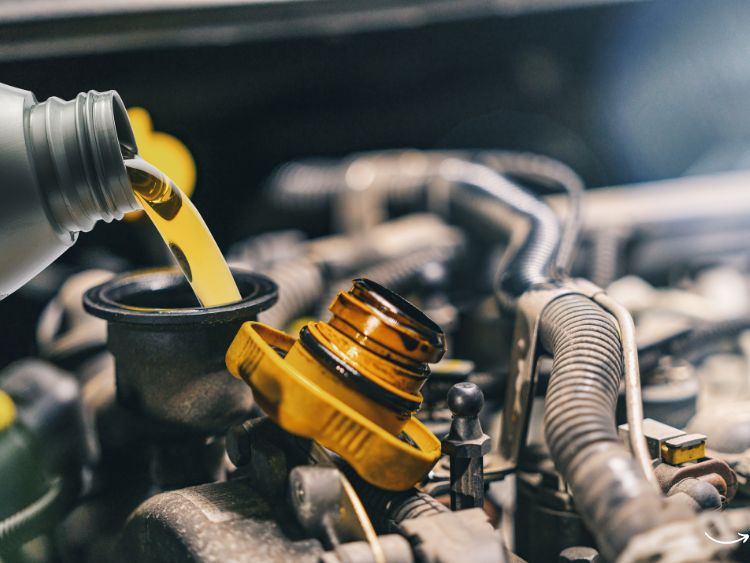When it comes to maintaining your vehicle, an oil change is one of the simplest yet most essential services. But what if you’re on a tight budget? That’s where an economy oil change comes into play. It’s a cost-effective solution to keep your engine running smoothly without breaking the bank. In this guide, we’ll dive into everything you need to know about economy oil changes, from what they entail to tips on getting the best deal. So, buckle up and let’s get started!
What is an Economy Oil Change?
An economy oil change is a budget-friendly option for replacing your vehicle’s engine oil and filter. It typically involves using conventional oil rather than synthetic or high-mileage variants, which helps reduce costs. Despite being more affordable, economy oil changes still ensure your engine remains lubricated and protected.
Why Opt for an Economy Oil Change?
Choosing an economy oil change can be a smart move for several reasons:
- Cost-Effective: It’s more affordable than premium oil changes.
- Essential Maintenance: Keeps your engine in good condition.
- Quick Service: Typically takes less time than more extensive maintenance services.
How Often Should You Get an Economy Oil Change?
The frequency of oil changes depends on several factors, including your vehicle’s make and model, driving conditions, and oil type. However, a general rule of thumb is to change your oil every 3,000 to 5,000 miles. Always refer to your vehicle’s owner manual for specific recommendations.
Benefits of Regular Oil Changes
Regular oil changes, including economy ones, offer numerous benefits:
- Engine Longevity: Fresh oil lubricates engine parts, reducing wear and tear.
- Improved Performance: Clean oil helps your engine run more efficiently.
- Better Fuel Economy: Proper lubrication can lead to better gas mileage.
- Emission Reduction: Fresh oil helps reduce the amount of harmful emissions your car produces.
What to Expect During an Economy Oil Change
During an economy oil change, you can expect the following steps:
- Oil Drain and Replace: Old oil is drained, and new conventional oil is added.
- Oil Filter Replacement: The old filter is replaced with a new one.
- Inspection: A quick inspection of your vehicle’s key components, such as the air filter, fluid levels, and tire pressure.
DIY vs. Professional Economy Oil Change
DIY Oil Change
Doing your own oil change can save even more money. Here’s a quick rundown of the process:
- Gather Supplies: You’ll need the right oil, an oil filter, a wrench, a funnel, and a drain pan.
- Drain Old Oil: Use the wrench to remove the drain plug and let the old oil flow into the pan.
- Replace the Oil Filter: Remove the old filter and install a new one.
- Add New Oil: Pour in the new oil using a funnel, then check the level with the dipstick.
Professional Oil Change
If you’re not comfortable doing it yourself, professional oil change services are widely available. They offer the convenience of quick, efficient service and often include additional inspections and top-offs of other fluids.
Tips for Saving Money on Economy Oil Changes
- Look for Coupons: Many service centers offer discounts or coupons online.
- Buy Oil in Bulk: Purchasing oil and filters in bulk can reduce the cost per change.
- Check for Promotions: Some auto shops have seasonal promotions or loyalty programs.
- Learn to DIY: As mentioned, doing it yourself can significantly cut costs.
Common Misconceptions About Economy Oil Changes
- Quality of Oil: Some people think economy oil changes use lower-quality oil. However, conventional oil still meets the necessary standards to protect your engine.
- Frequency: It’s a myth that cheaper oil means you need to change it more frequently. Stick to your vehicle’s recommended maintenance schedule.
FAQs
What is included in an economy oil change?
An economy oil change typically includes draining the old oil, replacing it with new conventional oil, and installing a new oil filter.
How much does an economy oil change cost?
Prices can vary, but an economy oil change generally costs between $20 and $50, depending on the service provider and your vehicle’s oil capacity.
Is synthetic oil better than conventional oil?
Synthetic oil offers better performance and protection, especially in extreme temperatures. However, for regular driving conditions, conventional oil used in economy oil changes is sufficient and cost-effective.
Can I switch from synthetic to conventional oil?
Yes, you can switch between synthetic and conventional oil. However, it’s best to stick with the same type of oil between changes to maintain consistency in your engine’s lubrication.
How can I tell if my car needs an oil change?
Look for signs such as a noisy engine, oil change light, or dark, dirty oil on the dipstick. Regularly checking your oil level and condition can help you stay on top of maintenance.
Conclusion
An economy oil change is a practical, cost-effective way to maintain your vehicle’s health without straining your wallet. By understanding what it entails and following a regular maintenance schedule, you can keep your engine running smoothly and efficiently. Whether you choose to do it yourself or go to a professional, the key is consistency and care.
